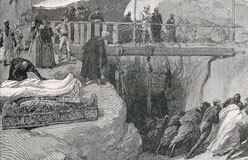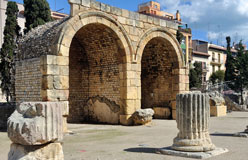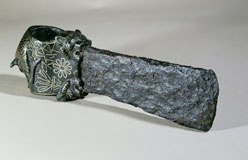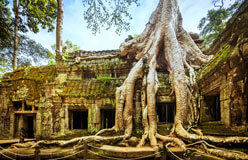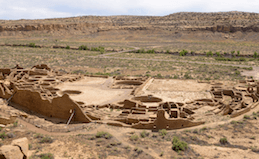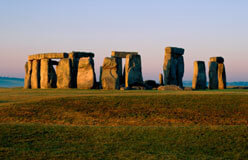The saying, “You are what you eat” often rings true in archaeology. The daily diet of a people shows how healthy and wealthy the society was. It may be revealed by such food-related items as seeds, pollen (plant spores), animal bones, campfires, and cooking tools.
The royal tombs of ancient Egypt were filled with the richest foods available. Egyptians believed that the dead needed food in the afterlife. The land in Egypt was one of the most fertile and productive in ancient times. As their tombs reveal, most people there ate well, and royalty ate very, very well.
But food-related items aren’t the only clues we can use to discover the truths of past lives. Three other sayings also apply: you are what you wear, you are what you own, and you are what you live in. Look at what you eat, own, wear, and live in. What if you were frozen in time, and archaeologists of the twenty-third century wanted to figure out your life? What wrong ideas—and right ideas—might they get from studying the “artifacts” of your existence?
